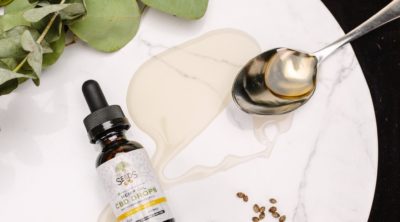
Arnica gel has an anti-inflammatory property and is known to treat many disorders like bruises, heart strain, reducing pain, back pain, etc. Let us look at the different uses and benefits of this gel.
So, what is arnica and how is arnica gel obtained? It is made from the plant Arnica montana, which is an European flowering plant commonly known as Leopard’s bane or Wolf’s bane. This plant has large yellow bowers and long leaves. This plant has tall stems which are around 20 – 60 cm, and supports usually a single flower head. This plant grows in nutrient poor siliceous meadows, but is grown in herb gardens for its medicinal uses.
Uses & Benefits
Arnica plant has a toxin called helenalin, and when the plant is eaten in large amounts it can be toxic to the person consuming it. The roots contain derivatives of thymol, and are used as fungicides and preservatives. They also have an anti-inflammatory effect. This plant so is used to make this gel and arnica tablets, and it has been found that the gel has the same effect as NSAID’s like ibuprofen. Thanks to this property of this gel, it is used to treat various disorders.
It is a homeopathy medicine and is available over-the-counter. You can also buy it online too. A good quality arnica gel comes for a price of around USD 5 for a bottle which has a capacity of 1.5 oz. Make sure you buy good quality to prevent any side effects. Whenever you use it, just apply a thin layer to the affected area, and repeat the same 2 – 3 times a day.
The gel derived from arnica is a non-greasy gel. It is also non-sticky and gets quickly absorbed by our skin. It is made from Arnica montana as its main active ingredient and the other ingredients that are added to make the gel are pure water, carbomer, alcohol, sodium hydroxide, and silicone oil. It is used for topical application to get rid of pain, but one should avoid the use of the gel on open wounds and near the eyes. It can be used:
- To treat traumatic injury
- To reduce and heal bruises
- To ease strained joints and muscles
- In case of strained ligaments, the gel can reduce the discomfort
- Tense backache
- In cases of concussions
- Heart strain
- Reducing pain and bleeding after surgery
It should be used for 3 days to reduce or get rid of the above mentioned conditions. However, contact a doctor in case the condition persists.
Side Effects
There have been many research studies done on its benefits. While some studies have failed to show any effective results, there are still other studies that have proved the anti-inflammatory action. While there are many reviews of it which have been published by individuals, there aren’t enough research studies to prove them true.
In case, you develop any sort of irritation or allergic reaction, it is advisable to consult a doctor. It is for topical application only, so its use should be restricted only to external skin area, and never near the nose area or the eyes. People who are allergic to arnica or its gel may experience a runny nose, itching, hives, shortness of breath or shock. People who are allergic to arnica may also have allergies to either sunflowers, chamomile or marigolds.
Make sure you keep the gel away from the reach of pets and children. In case the gel has been ingested, seek medical help immediately or call a nearby poison control center. Pregnant women, lactating women and children should avoid using its gel or any arnica products. As, there are not enough studies proving the safe use of arnica gel or its product on such people. So, it is better to stick to treatments which are prescribed by a doctor.
Other products made from arnica like creams, massage oils, tablets, lotions and ointments are also available in the market. Before taking any products made from arnica, internally like arnica tablets, it advisable that you consult a doctor. Arnica gel is for external use, and hence has lesser side effects and is therefore, safer to use.


